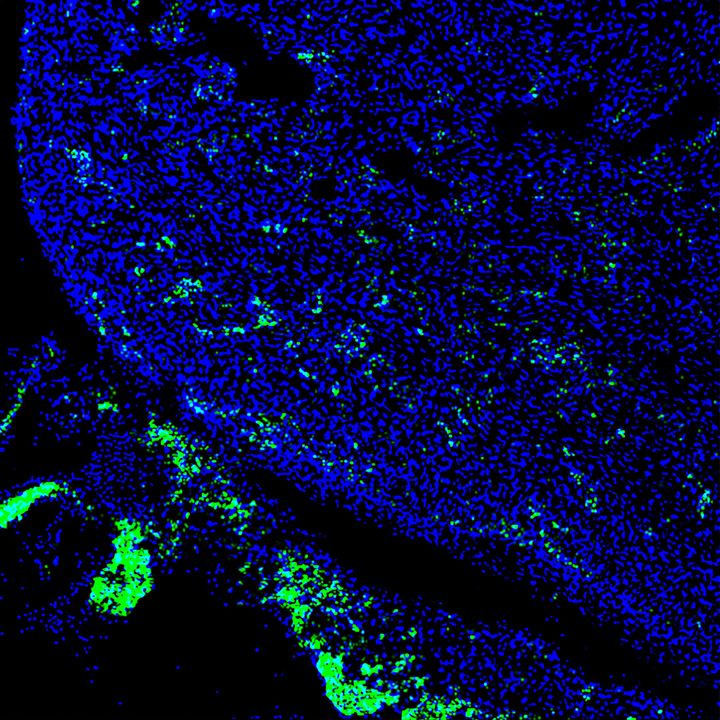Scientists have, for the first time, created a human-pig ‘chimera’: An embryo that essentially combines the cells from a human with that of a pig.
While this might sound like something out of a Victorian horror novel it’s nowhere near as ghastly as all that.
In fact the hope is that eventually we’ll be able to use pigs as a means of growing personalised organs, potentially saving thousands of lives and revolutionising the transplant industry.

Before we get ahead of ourselves though lets look at what scientists have actually accomplished.
In a paper published in the journal Cell, scientists from the Salk Institute have detailed how after years of trying, they have successfully generated human cells and tissues in early-stage pig and cattle embryos.
“We have shown that a precisely targeted technology can allow an organism from one species to produce a specific organ composed of cells from another species.” explains Salk Professor Juan Carlos Izpisua Belmonte.
To be clear, they haven’t been able to grow a complete human organ yet, that’s still some way off but they have been having remarkable success with other animals.

Using cutting edge gene-editing techniques the team were actually able to grow both the pancreas, heart and eyes from a rat inside the embryo of a mouse.
It was this breakthrough that showed definitively that it was possible to grow the organs of one animal inside the embryo of another.
Now this is where things start to get really weird. During one experiment the scientists inserted rat pluripotent stem cells, which contained an intact pancreas gene, into each mouse embryo.
What they found was remarkable for not only did the rat cells generate a pancreas, but they also created a gallbladder, an organ that rats do not have.
“Our rodent experiments reveal a profound secret, that a developing mouse was able to unlock a gallbladder developmental program in rat cells that is normally suppressed during rat development,” said Jun Wu, a Salk staff scientist.
